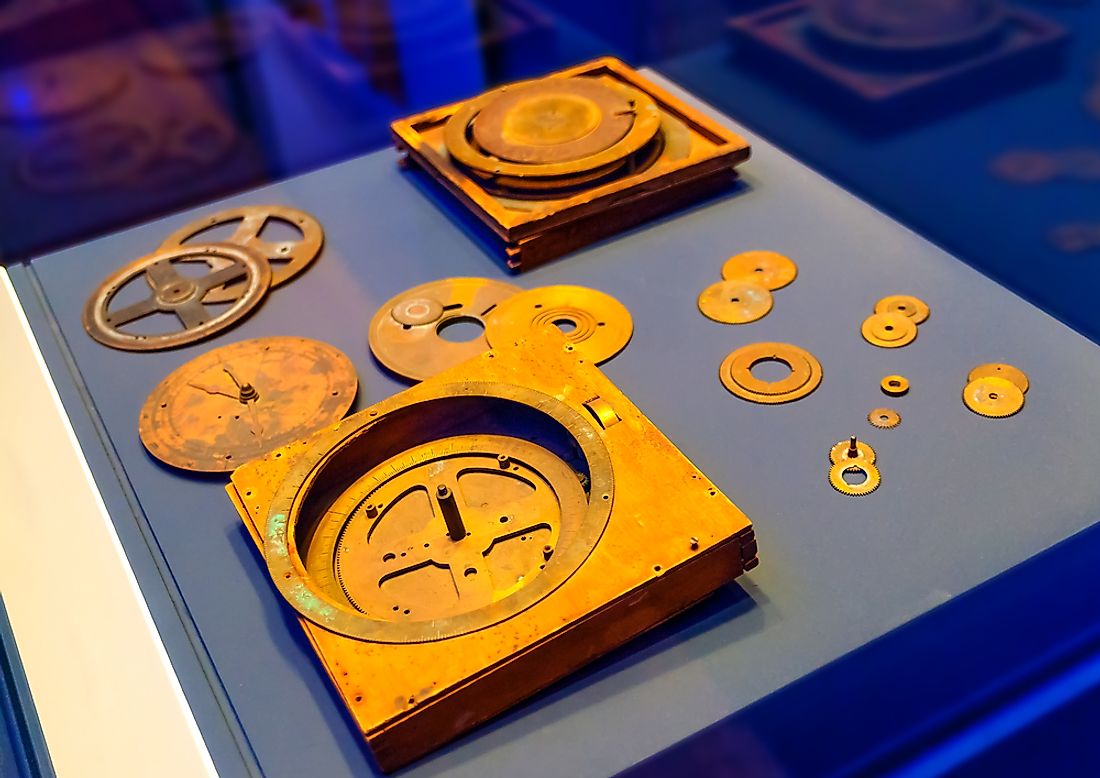What Is the Antikythera Mechanism?

The Antikythera Mechanism is a 2,000-year-old analog computer device that dates back to Ancient Greece. It was used to track the position of the moon and the sun, to predict the occurrence of eclipses, and to signal the old Olympic Games. The device could also perform basic arithmetic like addition, subtraction, multiplication, and division.
The Antikythera Mechanism was made out of 30 gears of bronze. These gears are enclosed in a shoe-sized box made out of wood and bronze that was built towards the tail end of the 2nd century BCE. The gears have some similarity with 20th and 21st century computers. Aside from the gears, there are calendars and orbs to represent the solar system and the moon. Studies show that there was a main lever to controls all functions. On the outer surface, there is a small inscription written in Greek. Researchers used this inscription to understand the workings of the device fully. These inscriptions are found on both the front and the back doors.
Discovery and Origin
The Antikythera mechanism was first discovered by Greek divers in 1900. One year later, in 1901, the device was salvaged from some 148 feet below the water level close to the Antikythera Island in Greece. The device and other artifacts were then transferred to the government and stayed in a museum for two years before it was discovered what the device could actually do. As the device has some missing parts, more and more expeditions have been sent back to the site to see if more pieces could be acquired.
Research into the device suggests that the mechanism was created by Greek astronomers and mathematicians during the Hellenistic period based on its quality and complexity. Initial dating of the device placed it at about 85 BCE, but some researches have suggested that it could be older than that, dating back to circa 150 BCE.
Faces
The front face of the Antikythera mechanism has two concentric circles. The inner circle has markings for the zodiac signs of the Greeks with partitions in degrees. The outer circle has markings for the 365 days of the calendar. In addition to the circles, there were at least two pointers that showed the positions of the celestial bodies. One of the pointers was for the moon while the other one was for showing the position of the sun and perhaps the current date as well.
The back or rear face of the mechanism has five dials: two large displays, the Saros and the Metonic (including three smaller pointers), the Games or the Olympiad Dial, the Exeligmos, and the Callippic. The Games Dial is the only one that moves in a counter-clockwise direction as time moves ahead. Studies into the device show that the Olympiad dial did not really foretell the Olympiad years and was therefore renamed to the Games Dial.











